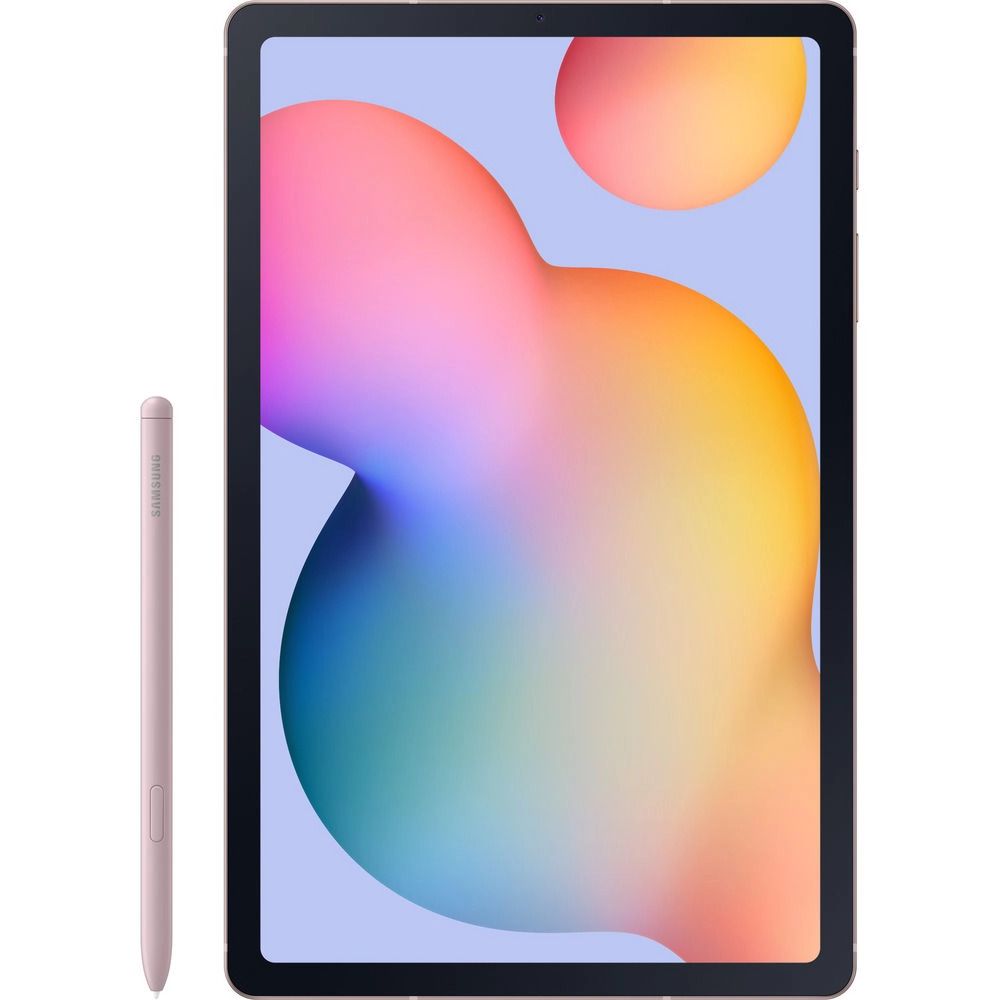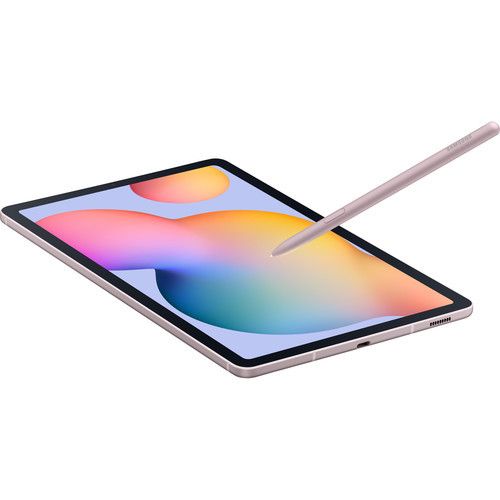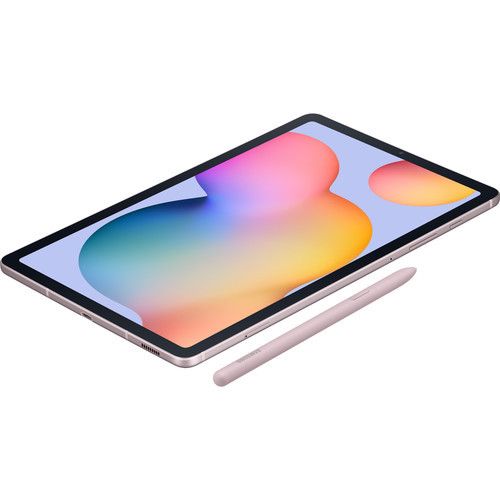Samsung’s Galaxy Tab S6 from last year is undoubtedly one of the best Android tablets money could buy. It features top-of-the-line specifications, a beautiful display, powerful speakers and great pen-input support, making it a great iPad alternative for creatives. But, thanks to its top-notch specifications, the Galaxy Tab S6 comes with a premium price, which has made it inaccessible to the average buyer. For those who want the same entertainment and stylus experience but can compromise a bit in terms of performance, Samsung has just launched the Galaxy Tab S6 Lite with a 10.4″ display and Exynos 9611 SoC in Indonesia.

Since at least February 2020, we’ve been hearing rumors about the Samsung Galaxy Tab S6 Lite. It feels like a spiritual successor the Galaxy Tab S5e which was launched about a year ago with mid-range specifications.
Begin with the display of the Galaxy Tab S6 Lite, it features a 10.4-inch screen with a resolution of 2000 x 1200 pixels, matching the previous leaks about the tablet. Unlike the Tab S6, however, this isn’t an AMOLED display but instead, a TFT display which could translate to lower brightness and color accuracy.




Samsung has furnished the Galaxy Tab S6 Lite with dual speakers instead of the quad speakers on the Tab S6. This pair of speakers is tuned by AKG and supports Dolby Audio. It also features a USB Type-C port and a 3.5mm headphone jack on the top, which is absent from the flagship tablet. Further, the chassis of the Galaxy Tab S6 Lite also appears to be made of metal just like the Tab S6.
The tablet comes with an S Pen support but it’s unclear whether the stylus is included within the box or not. We don’t see magnetic pogo pins on the periphery suggesting the Samsung’s snap-on keyboard might not be supported on the Tab S6 Lite. But it does support a regular book case with an S Pen holder along its fold, as you can see in the header image of this article.




The Galaxy Tab S6 Lite runs on Samsung’s own Exynos 9611 platform, which is an overclocked version of the Exynos 9610. The same chipset also powers devices like the Samsung Galaxy A50s, Galaxy A51, Galaxy M30s, Galaxy M31, and even the Galaxy M21. Paired with the chipset is a 4GB RAM and 64GB of onboard storage. This can be expanded up to 1TB with the help of a microSD card.
The tablet runs One UI 2.0 based on Android 10 out of the box just like its elder brother which started receiving the update last week.
Samsung has yet to reveal the price of the tablet but we do know that there’ll be an LTE model alongside the regular Wi-Fi only variant.
Samsung Galaxy Tab S6 Lite Specifications
| Specification |
Samsung Galaxy Tab S6 Lite |
| Dimensions and Weight |
- 244.5 x 154.3 x 7.0 mm
- 467g
|
| Display |
- 10.4″ TFT LCD
- 2000 x 1200
|
| SoC |
Exynos 9611
- 4 x ARM Cortex-A73 @ 2.31GHz
- 4 x ARM Cortex-A53 @ 1.74GHz
- Mali G72 GPU
|
| RAM and Storage |
Expandable up to 1TB via dedicated microSD card slot
|
| Battery |
7040mAh |
| Ports |
- USB Type-C
- 3.5mm audio jack
|
| Rear Camera |
8MP with auto-focus |
| Front Camera |
5MP with fixed focus |
| Android Version |
One UI 2.0 based on Android 10 |
The post Samsung announces the 10.4″ Galaxy Tab S6 Lite with an S Pen and Exynos 9611 processor appeared first on xda-developers.
from xda-developers https://ift.tt/2K2FDQi
via
IFTTT






























